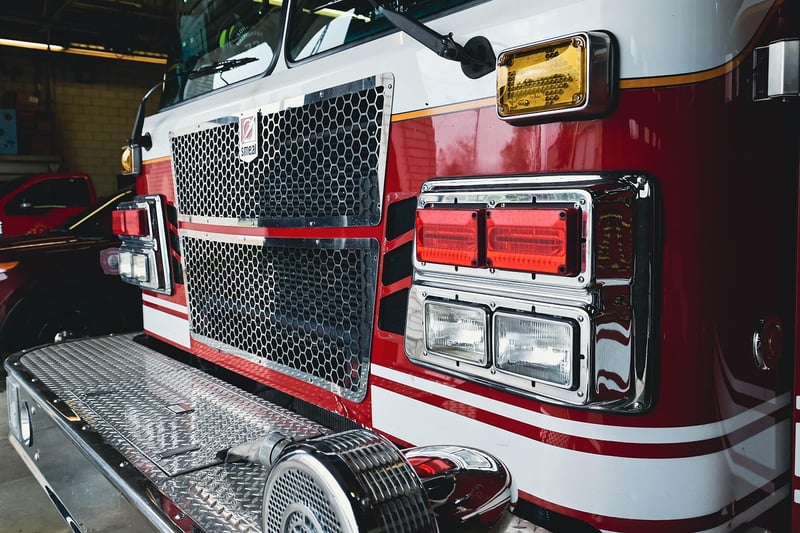Emergency Protocols
Stay Safe and Informed: Emergency Protocols
Introduction
Ensuring your safety during emergencies is crucial. Being well-informed about emergency protocols can make a significant difference in mitigating risks and responding effectively. Here are some essential guidelines to help you stay safe and informed:
1. Stay Informed
Stay updated with emergency alerts and warnings from official sources. Follow local news, weather updates, and government announcements. Sign up for emergency notification systems in your area to receive timely alerts.
2. Create an Emergency Plan
Develop a comprehensive emergency plan for your household or workplace. Include evacuation routes, designated meeting points, emergency contacts, and essential supplies. Practice drills regularly to ensure everyone knows what to do in an emergency.
3. Build an Emergency Kit
Prepare an emergency kit with essential supplies such as water, non-perishable food, medications, first aid items, flashlight, batteries, and important documents. Keep the kit easily accessible and ensure it is regularly updated.
4. Know Your Evacuation Routes
Familiarize yourself with evacuation routes in your area. Have multiple escape routes planned in case primary routes are blocked. Follow evacuation orders promptly and assist others who may need help evacuating.
5. Stay Calm and Follow Instructions
During an emergency, remain calm and follow instructions from authorities. Avoid spreading rumors or misinformation that can cause panic. Stay tuned to official channels for accurate information and updates.
Conclusion
By staying informed, prepared, and following emergency protocols, you can enhance your safety and that of others during challenging situations. Remember to stay vigilant, act responsibly, and prioritize safety above all else.
Sources:

